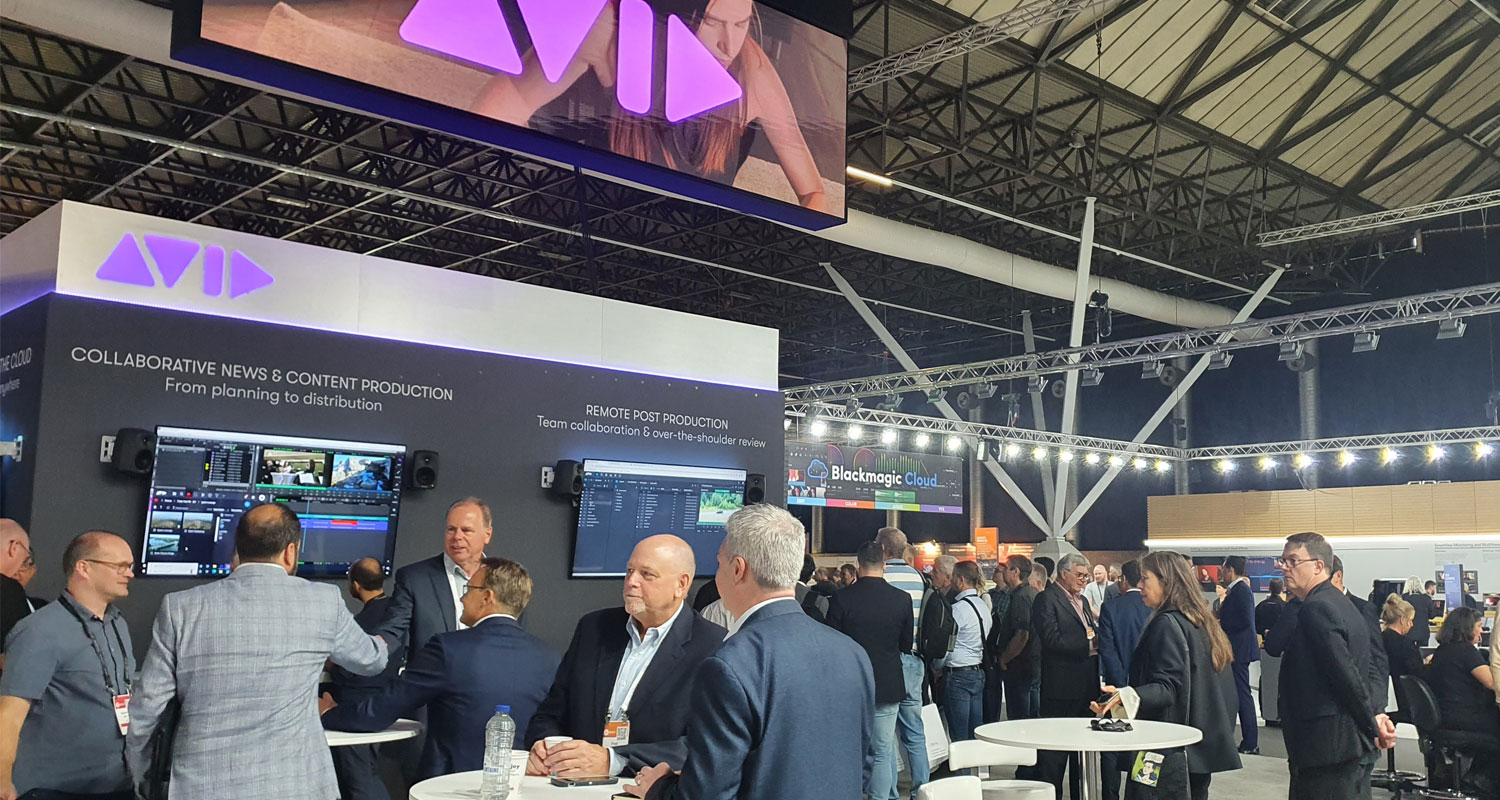 Upon its return this year after a three-year Covid-19-enforced hiatus, the International Broadcasting Convention (IBC) again hosted tens of thousands of media and entertainment industry stakeholders.
Upon its return this year after a three-year Covid-19-enforced hiatus, the International Broadcasting Convention (IBC) again hosted tens of thousands of media and entertainment industry stakeholders.
Considering its sheer magnitude, the IBC is an unparalleled platform for professionals to network. The event is the ultimate meeting place where buyers and suppliers in the digital broadcasting and content space come together to have a look at what is new in terms of technology and innovation, as well as explore the latest trends that are shaping the industry.
The event’s theme, “What’s next? Designing the future together”, reflected the increased collaboration between cloud service providers and broadcaster and content producers.
Underpinning this theme was a key trend at this year’s IBC: the push towards the cloud. While cloud adoption might not be new across many other industry sectors, the video production market has traditionally lagged in this space.
However, robust interest around the provision and adoption of cloud-based platforms for video content production teams paints a truly clear picture of what is now top of mind for broadcast users and providers around the world. Cloud services are being looked at with a renewed fervour and this is mainly driven by the need to foster remote working capabilities within the industry.
Most notably, leveraging the remote workforce approach has added a measure of flexibility to the industry, with the increased fluidity of the labour pool directly driven by the uptake of cloud-based services. Companies now have cost effective and almost instant access to top global talent, and this has also opened up countless cross-border collaboration opportunities for South African-based creatives on international projects.
Hyperscalers
A subsequent trend thus also emerging at IBC was the increasing role that cloud hyperscalers, such Microsoft, AWS and Google Cloud, are beginning to play within the media and entertainment content industry. On display were various partnerships, collaborations and alliances between these leading cloud services providers and some of the world’s biggest content producers.
The agility and flexibility of cloud services also introduce significant elasticity into the pricing model, allowing companies to scale their storage and compute capacity up and down as required, while only paying for what they use.
The increased uptake of cloud platforms is subsequently driving the expansion of streaming services in the media and entertainment content space across the globe. This shows that content producers are readily taking control and delivering their own content, instead of relying on super aggregators to buy their content and deliver it to its audience.
Trends that are currently driving the video production industry worldwide are also evident in the South African market
The fact that content producers increasingly want to stream their own content, reach their own audiences and talk to them directly, is also echoed by the efforts of pay-TV service providers, who are working hard to launch or extend already existing streaming platforms – both in South Africa and in other parts of the world. Currently, the associated pricing and commoditisation models that we are seeing are facilitating advertising-driven video-on-demand (VOD) or subscription-based VOD services and we can expect further innovation in this space, too.
However, these trends that are currently driving the video production industry worldwide are also evident in the South African market. Consider the benefits of a platform like Brightcove, one of the most powerful online video platform in the world which allows content owners and traditional broadcasters to provide over-the-top (OTT) streaming services (the way content is generally broadcast) or deliver a VOD service. Brightcove – delivered by Jasco – has already been successfully utilised by a South African broadcaster to build out its VOD platforms. This is certainly a space to watch.
- The author, Ian Summerfield, is services portfolio manager at Jasco




